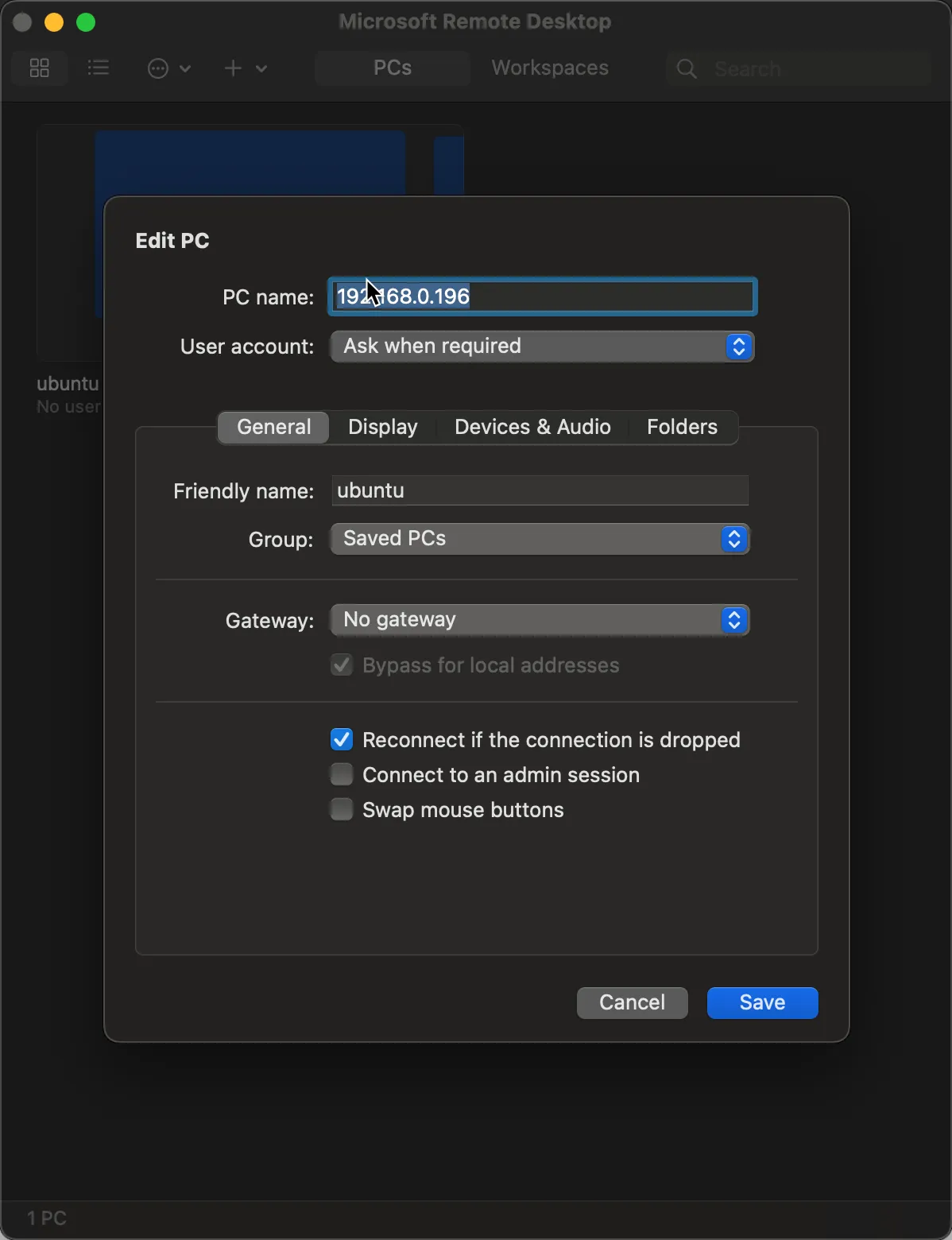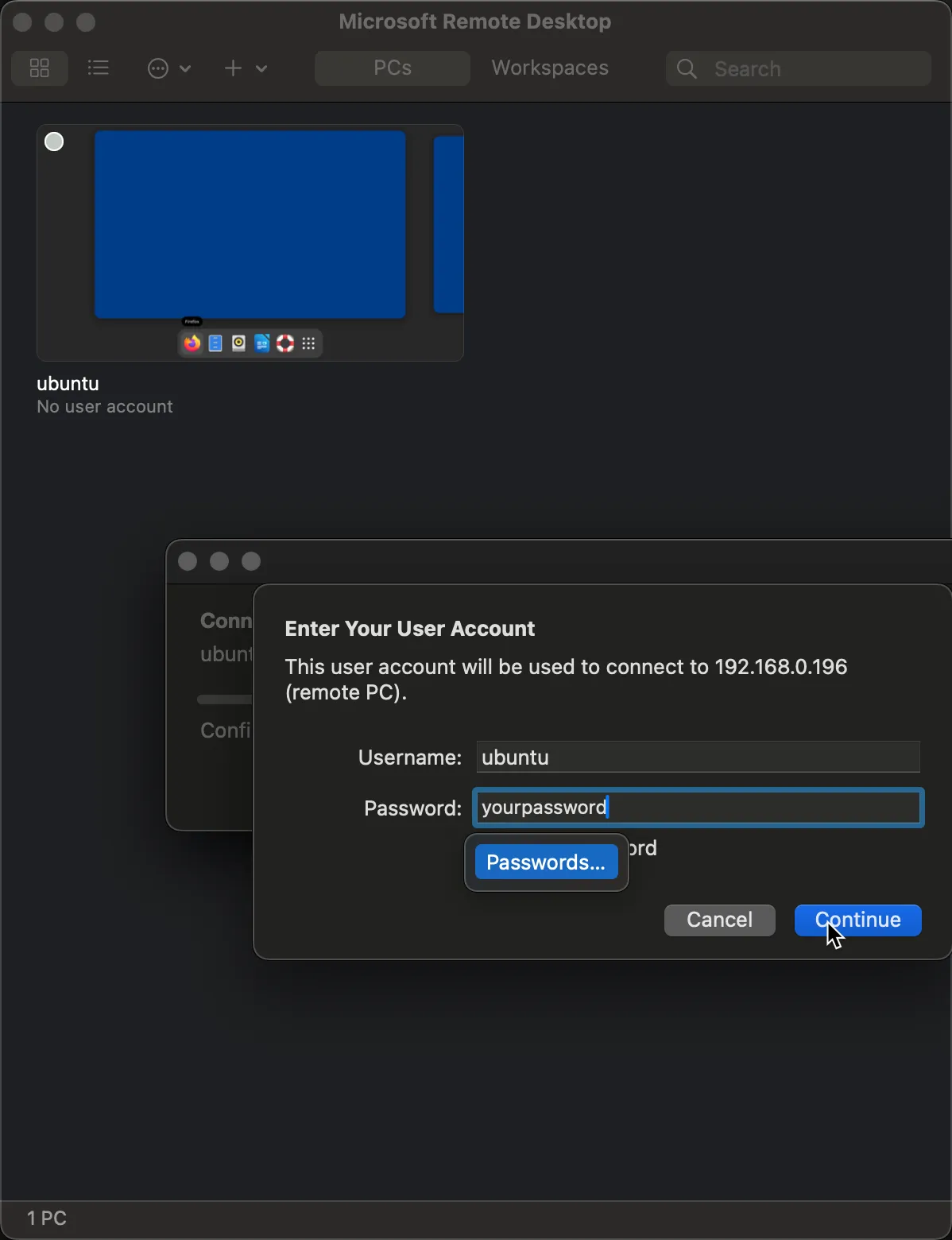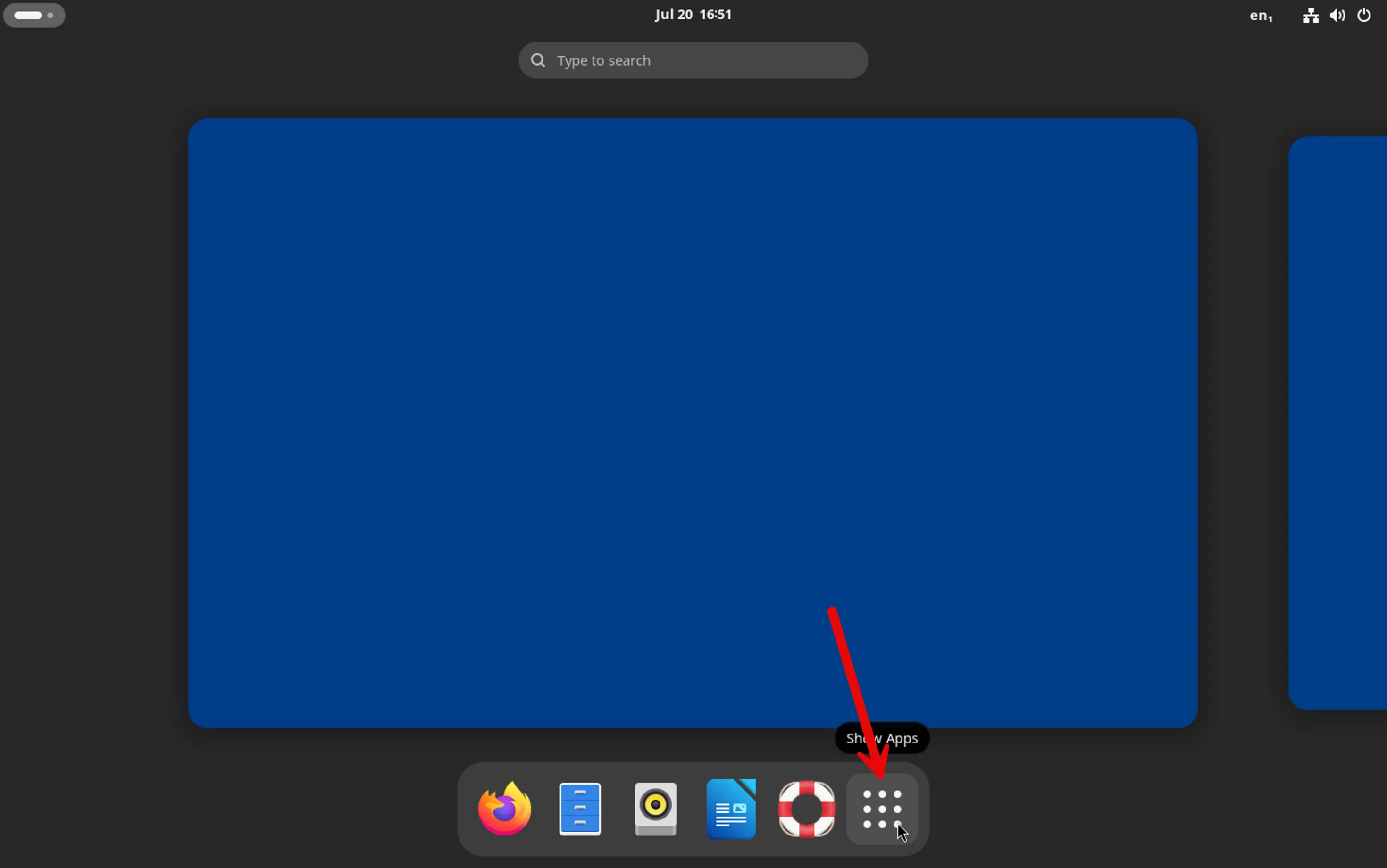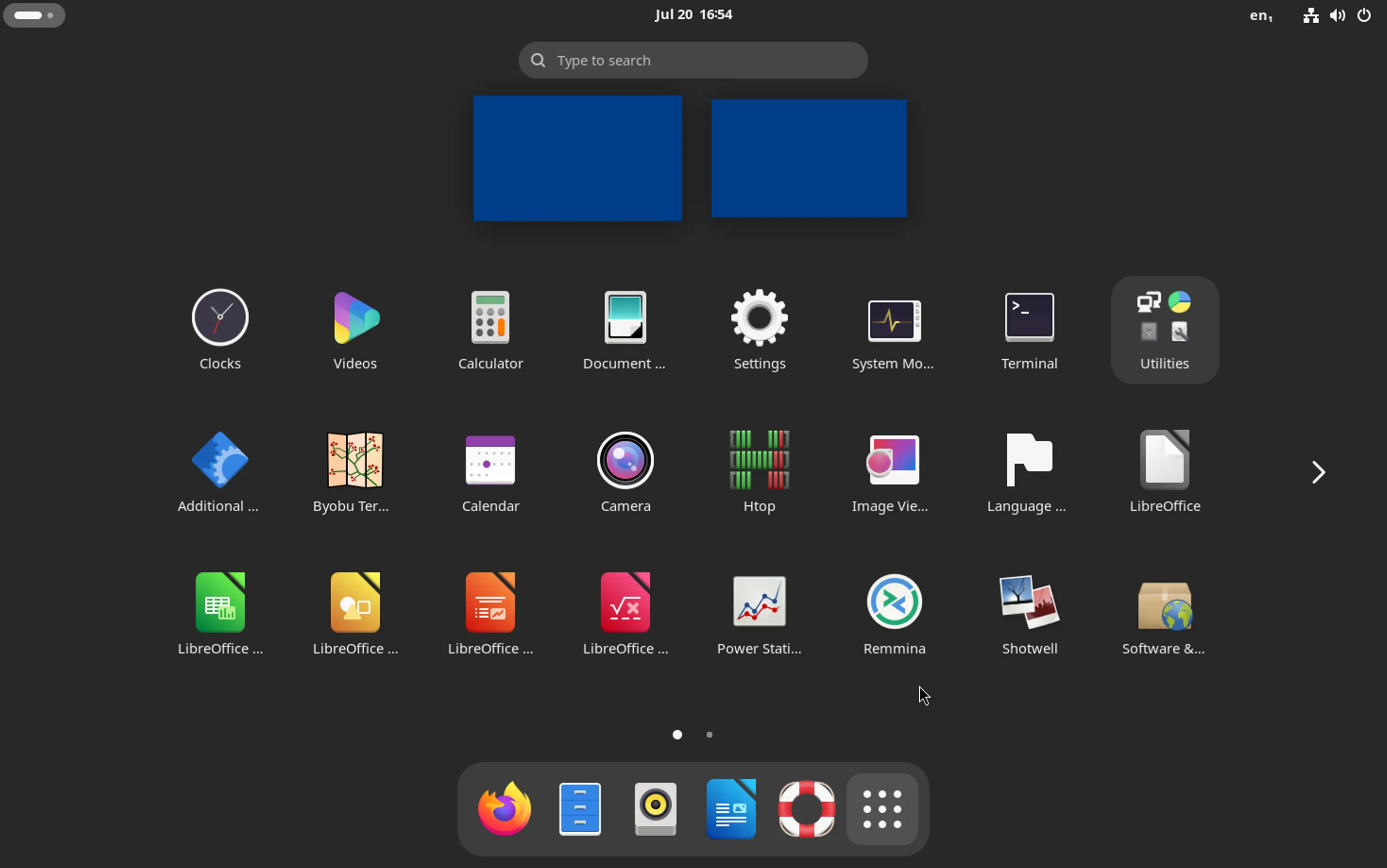The Fastest Way to Run Ubuntu Desktop on Your Machine with Multipass
No need to waste your time with VirtualBox anymore

🌍 Why Ubuntu Desktop?
Ubuntu Desktop is gaining serious traction—especially as countries like Denmark and Germany transition from Windows to Linux. It’s a powerful, open-source alternative that comes bundled with a complete suite of productivity apps, making it a great option for work, education, or casual use.
If you’ve ever wanted to spin up a clean, isolated Ubuntu Desktop environment on your machine in minutes, Canonical’s Multipass tool is your new best friend.
⚡ Meet Multipass
Multipass is a lightweight, command-line tool from Canonical that lets you launch Ubuntu VMs effortlessly. Think of it as a faster, simpler alternative to VirtualBox—purpose-built for Ubuntu and great for local development and testing.
You can install Multipass in just a few clicks by following the instructions on their website.
🛠️ Automate the Setup with Cloud-Init
By default, Multipass creates minimal Ubuntu Server VMs—no desktop environment included. But we can fix that!
Using a cloud-init file, you can automatically install a full Ubuntu Desktop environment and even configure Remote Desktop access. Here’s an example cloud-init file that does exactly that:
package_update: true
package_upgrade: true
users:
- default
chpasswd:
list: |
ubuntu:yourpassword # 🔒 Replace 'yourpassword' with a secure password!
expire: False
packages:
- xrdp
- ubuntu-desktop
# Uncomment to run additional commands after setup:
# runcmd:
# - echo 'VM setup complete!'🖥️ Launch Your Desktop VM
Save the above YAML file as cloud-init.yml and run:
multipass launch --memory 2G --disk 20G --cloud-init ./cloud-init.yml --network=bridgedThis command creates a VM with:
- Ubuntu Desktop preinstalled
- RDP server enabled (via xrdp)
- 2GB RAM and 20GB disk space (feel free to adjust)
The --network=bridged flag makes the VM access your wifi connection on your host machine to simplify internet access.
🔌 Connect via RDP
Once your VM is up and running:
-
Open the Multipass app to find the VM’s public IP address

-
Download an RDP client:
- Search for “Microsoft Remote Desktop” on the App Store or Microsoft Store

- Search for “Microsoft Remote Desktop” on the App Store or Microsoft Store
-
Connect to the VM:
- Create a new connection using the ”+” button;
- Enter the IP address and login using the credentials from your cloud-init file;

- Click on the connection just created and enter the password you set in the cloud-init file:
 , then click on “Continue”;
, then click on “Continue”;
You should see the desktop setup screen; choose your language and click “Next”. Then, you should now see your desktop. Click on the show apps button to see the apps available:


And that’s it! You’ve now got a fully functioning Ubuntu Desktop environment running in a lightweight virtual machine—great for testing, development, or simply exploring Linux.
🙌 Final Thoughts
Whether you’re a developer looking to isolate your work environment, or just curious about trying Ubuntu Desktop without messing up your main OS, this setup offers a fast, clean, and customizable solution.
Let me know if you try it out or have any improvements to suggest!